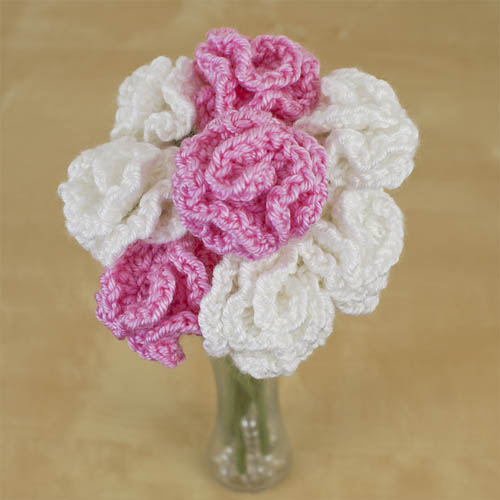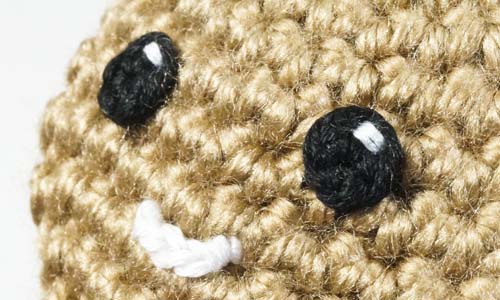
It’s Donationware time again! Put a smile on someone’s face with my new Carnations pattern: Beautiful, realistic, and so easy, you can crochet a pretty one-piece carnation in minutes – and I bet you won’t be able to stop at one! Here are some ideas for use: Use the optional stem instructions to create a […]





















